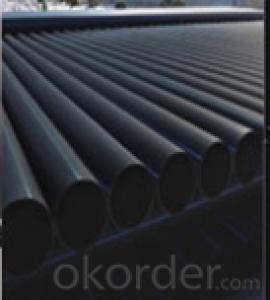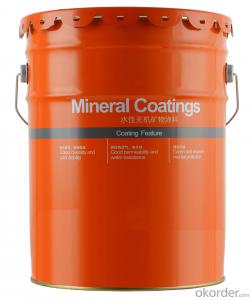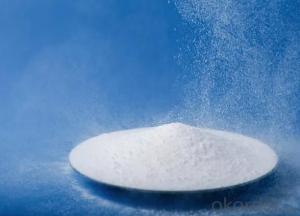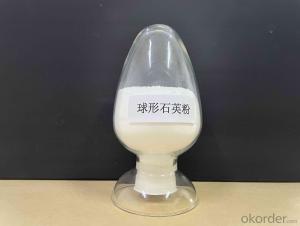Medium Color Furnace Furnace Processing Pigment Carbon Black
- Loading Port:
- Tianjin
- Payment Terms:
- TT OR LC
- Min Order Qty:
- -
- Supply Capability:
- 10000MT m.t./month
OKorder Service Pledge
OKorder Financial Service
You Might Also Like
Carbon Black-- Master Batch
Introduction:
After investigat of current market, for master batch, colorpaste , color filter, printing ink, paint and special rubber industry, our company had adjusted production process and index, Reaching and developing the new producting ,such as M330,M326 and M220, They have high price quality compare with N330,N326 and N220.
Index Comparison (lodine absorption, g/kg)
Production | N330 | M330 | N220 | M220 | N326 | M326 |
Loadine absorption,g/kg | 82±7 | 82±2 | 121±7 | 121±2 | 82±7 | 82±2 |
DBP absorption, 10-5 m3/kg | 102±7 | 102±2 | 114±7 | 114±2 | 72±7 | 72±2 |
DBP adsorption, 10-5 M3 /kg | 83-93 | 85-91 | 93-103 | 95-101 | 64-72 | 66-70 |
CTAB surface area, 103 M3 /kg | 76-88 | 78-86 | 105-117 | 107-115 | 77-89 | 79-87 |
Tint strength,≥﹪ | 99 | 105 | 111 | 115 | 106 | 110 |
Heating lose,≤﹪ | 2.5 | 0.5 | 2.5 | 0.5 | 2.5 | 0.5 |
Ash, ≤﹪ | 0.7 | 0.3 | 0.7 | 0.3 | 0.7 | 0.3 |
45umscreening, ≤PPM | 1000 | 50 | 1000 | 50 | 1000 | 50 |
Impruity | / | . | / | / | / | / |
Lead content ≤PPM | 200 | 50 | 200 | 50 | 200 | 50 |
Safety:
As a matter of good industrial hygiene, gloves and safety glasses with side shields or better eye protection should be worn when handing Carbon Black ,For more information, refer to the MSDS

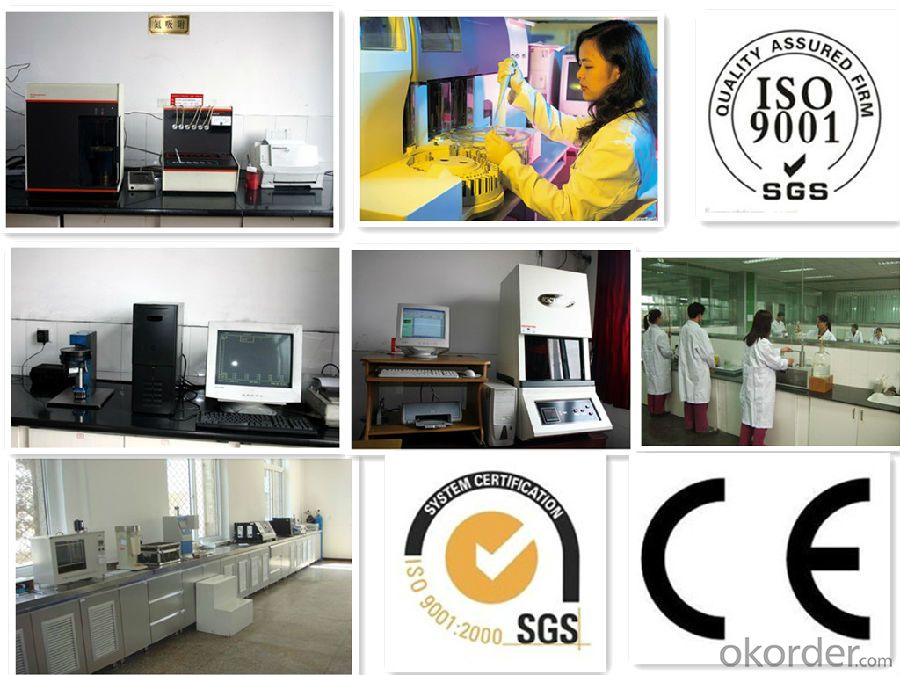
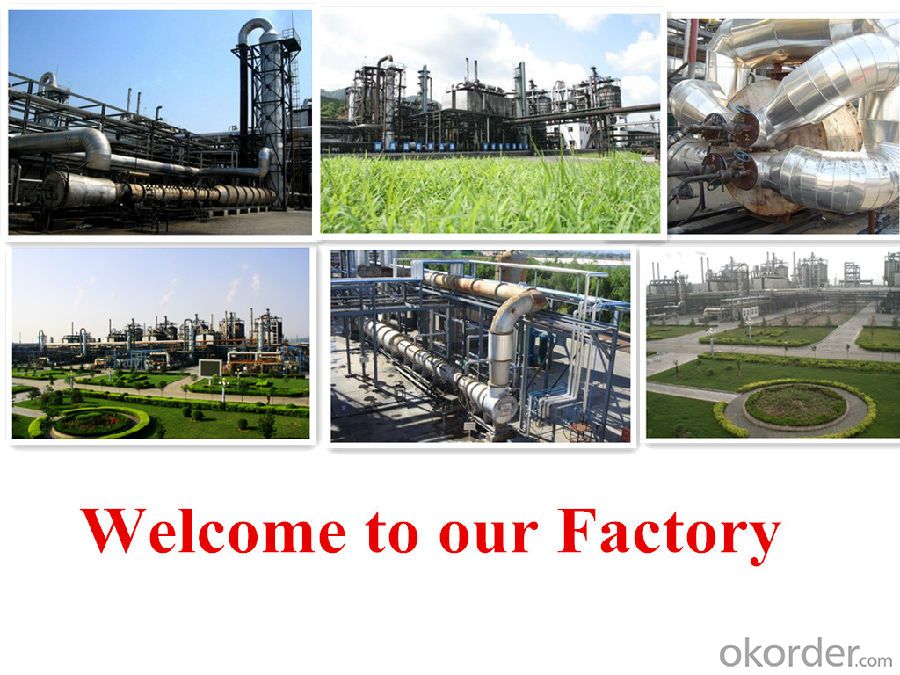
- Q:Is the catalyst considered a chemical reaction?
- The middle school textbook defines that the catalyst itself does not participate in chemical reactions
- Q:What is the difference between biological and chemical catalysts?
- Biological catalysis involves an enzyme usually working in conjunction with a co-enzyme. These enzyme/co-enzyme systems are highly specific and are usually only effective for one reaction. Catalysis of non biological reactions is usually much more general and any one catalyst will be effective in many reactions.
- Q:Before and after the chemical reaction, the nature of the catalyst unchanged this statement right? Why?
- Chemical properties do not change better. Some properties of the catalyst may change before and after the reaction. If the experiment proves, the state of the catalyst before and after the reaction changes, and some changes from powder to powder.
- Q:How are the 4 characteristics of a catalyst (1. organic or inorganic 2. reusable 3. Highly specific, and 4. lowers activation energy) important in preforming life functions? please be as specific as possible, i understand that these are characteristic, i just don't understand why they're beneficial, other than the reusable and lowers activation energy one.
- Organic or Inorganic - the catalyst (enzyme) must be organic to be found in the cell. Catalysts speed up chemical reactions inside a cell and must therefore be organic to be a functioning part of the cell. Reusable - There are so many reactions that catalysts are involved in that it would be a waste for the cell if a catalyst could only last one reaction, especially if there are inhibitors and competition for the active site. Catalysts must be reusable in order to keep the cell functioning. Catalysts always remain unchanged after a reaction. HIihly Specific - Catalysts are only made to catalyze one specific chemical reaction. Their active site has proteins bonded in such a way that only certain elements can enter the active site and H bond with those proteins. The fact that they are highly specific maximizes the productiveness of the cell. And it ensures that the cell only has catalysts to reactions that it needs to be completed. It also ensures that the elements are correctly bonded with eachother. If any two elements could enter the active site, there is no guarantee that the correct product will be produced. Catalysts and Enzymes must be super highly specific in order to properly function. Lowers Activation Energy - The more energy a cell has to spend to catalye a reaction, the worse it is for the cell and the less ATP is has for other reactions. Catalyts hold the substrates together so there is less energy that is needed to have the two substrates react with eachother. Activation Energy is the energy that is needed to start a reaction. So the less energy used by the cell for reactions, the better for the cell. Hope this helps
- Q:Can a catalyst react with a reactant?
- it can react to start the reaction but should be regenerated during the reaction. if it reacts and not regenerated,then its better to call it reactant instead of catalyst
- Q:pls give one or two catalysts that are used in the industry for example:Rhodium catalyst in a catalytic converter of a car or the Iron catalyst for making ammoniaTHANKS :)
- i will tell you the hydrogen and carbonmonixide production in indsutry they will use alumina based nickel catalyst for adsorption of gases, at high temperature it will breaks as small molecules like hydrogen, co2, co,ch4, after they will separate them using carbon molecular seives as catalyst. another catalyst for hydrogenation of double bond is copper chromate for sulphur removal from disel and petrol they will use COMOX ( copper and molybdinum catalyst ) after then pass through zinc sulfide with hydrogen gas , the sulfur will removed as a hydrogen sulfide.
- Q:Does the catalyst slow down the chemical reaction rate? Still can only accelerate
- As far as I know, depending on the definition of the catalyst to reduce the activation energy can only accelerate the reaction rate. However, some substances can reduce the rate of reaction, for example, to dilute the reaction solution to slow down the reaction rate, but slow down the general mention of the catalyst.
- Q:role of catalyst?
- Catalyst are substances that speed up rate of reactions by providing an alternative route for reaction with a smaller activation energy. (the original route for reaction may have a high activation energy so it will occur slowly). (activation energy= energy of colliding atoms/molecules must be above a certain limit before they can react to form product). catalysts: -- increase speed of reaction, --allow reactions to occur at lower temperature, --are reusable so more environmentally friendly, --for some reactions, form certain intermediate products that maybe commercially important in other productions.
- Q:Can some chemical reactions have a variety of catalysts that are correct or wrong?
- Very correct, many reactions can have a lot of catalyst. Such as hydrogen peroxide decomposition can be used manganese dioxide or fe destroy
- Q:Chemical production of iodine and magnesium with water as catalyst!
- In the 250mL three bottles were equipped with spherical condenser and constant pressure dropping funnel, in the condensate tube connected to the anhydrous calcium chloride drying tube. The flask was placed with 1.5 g of magnesium chip and a small tablet of iodine, 10 g of bromobenzene and 30 mL of anhydrous ether were mixed in a constant pressure dropping funnel. First 1/4 of the mixture into the flask, a few minutes later see the magnesium surface of the bubble generated, the solution was slightly cloudy, iodine color began to disappear. If no reaction occurs, use a hot water bath. After the start of the reaction, stir, slowly dropping the remaining bromophene ether solution, dropping the rate to keep the solution was slightly boiling state, after adding, in the water bath to continue reflow 0.5h, magnesium tablets full effect.
1. Manufacturer Overview |
|
|---|---|
| Location | |
| Year Established | |
| Annual Output Value | |
| Main Markets | |
| Company Certifications | |
2. Manufacturer Certificates |
|
|---|---|
| a) Certification Name | |
| Range | |
| Reference | |
| Validity Period | |
3. Manufacturer Capability |
|
|---|---|
| a)Trade Capacity | |
| Nearest Port | |
| Export Percentage | |
| No.of Employees in Trade Department | |
| Language Spoken: | |
| b)Factory Information | |
| Factory Size: | |
| No. of Production Lines | |
| Contract Manufacturing | |
| Product Price Range | |
Send your message to us
Medium Color Furnace Furnace Processing Pigment Carbon Black
- Loading Port:
- Tianjin
- Payment Terms:
- TT OR LC
- Min Order Qty:
- -
- Supply Capability:
- 10000MT m.t./month
OKorder Service Pledge
OKorder Financial Service
Similar products
New products
Hot products
Related keywords


